The Government think-tank NITI Aayog has prepared and released the National Multidimensional Poverty Index (MPI).
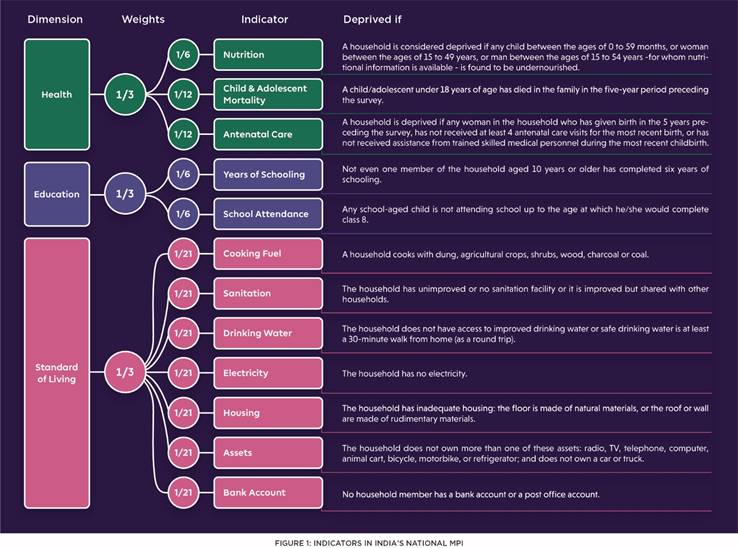
MPI as a measure was first developed by OPHI and UNDP for inclusion in UNDP’s flagship Human Development Report in 2010.
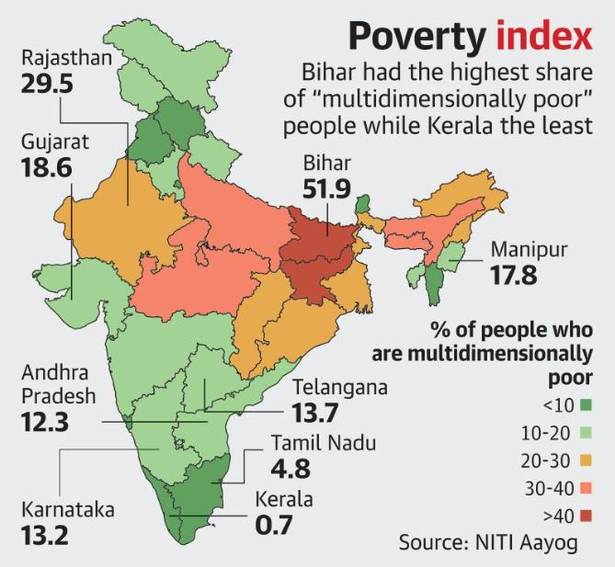
Reference
Koraput district administration in Odisha organised a public hearing on environmental issues regarding the bauxite mining lease granted to Hindalco Ltd.
Odisha (Kalahandi, Sambalpur, Bolangir and Koraput) is the largest producer of Bauxite in India.
Reference
The Global Nutrition Report, 2021 (GNR, 2021) was released recently.
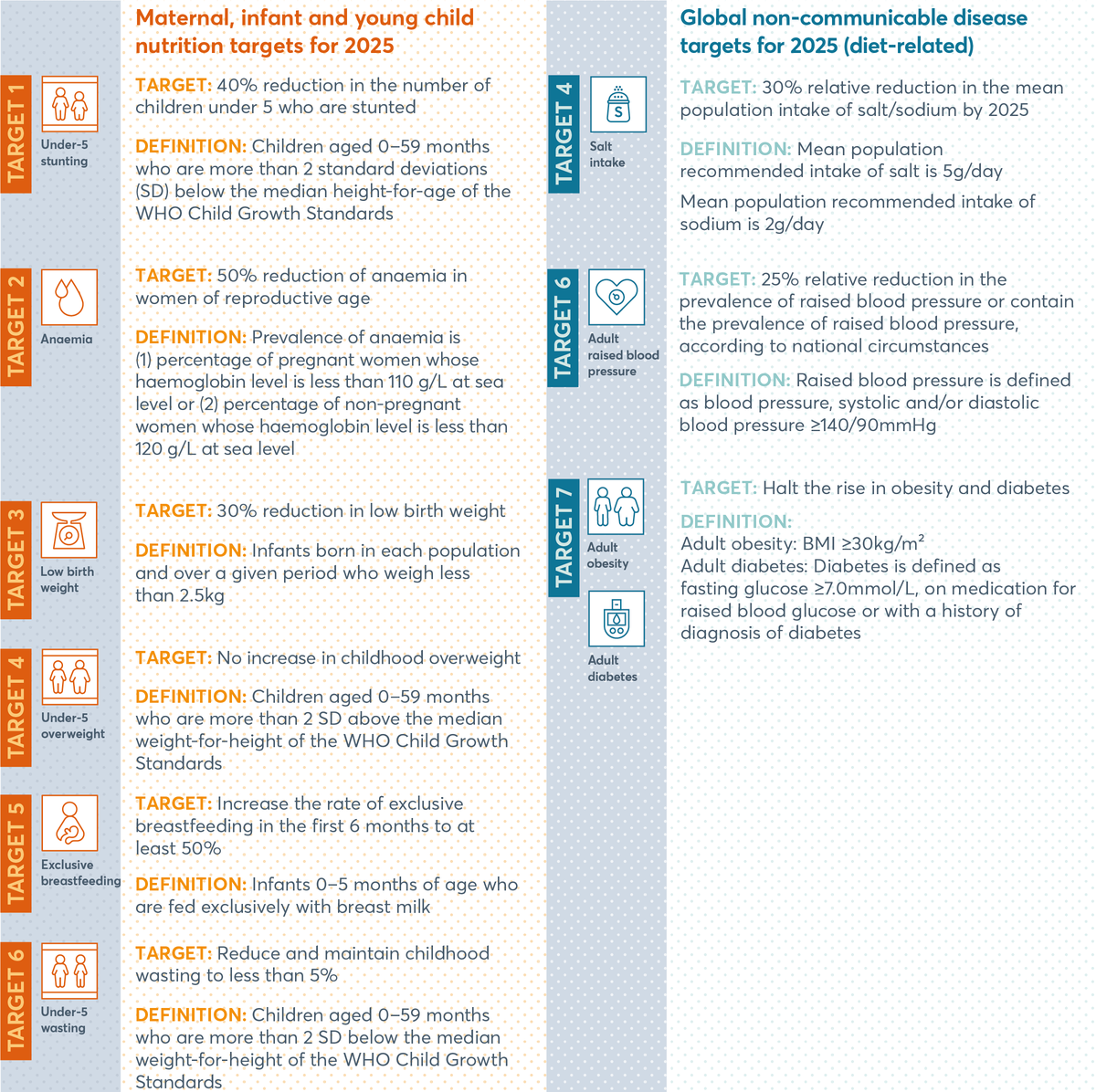
Anaemia is a condition in which the number of red blood cells or the haemoglobin concentration within them is lower than normal.
Wasting refers to children whose weight is low-for-their height.
Stunting refers to children whose height is low-for-their age.
In 2012, the World Health Organisation identified six nutrition targets to be met by 2025.
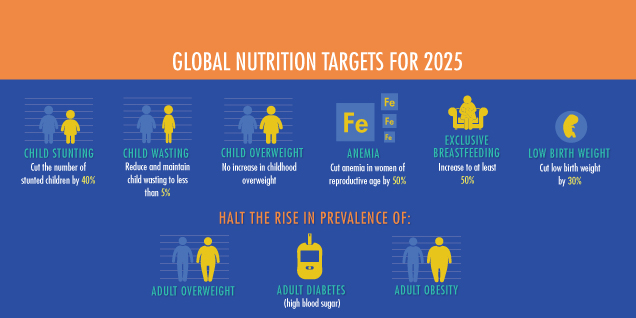
Reference
A change of state of a Monster black hole system named OJ 287 (monitored since 2015) was detected by Indian Astronomers
In some galaxies, the black hole is actively devouring a large amount of material and shooting a jet of plasma, called blazars, at the speed of light towards us.
Reference
Australia's Christmas Island witnesses the annual red crab migration.
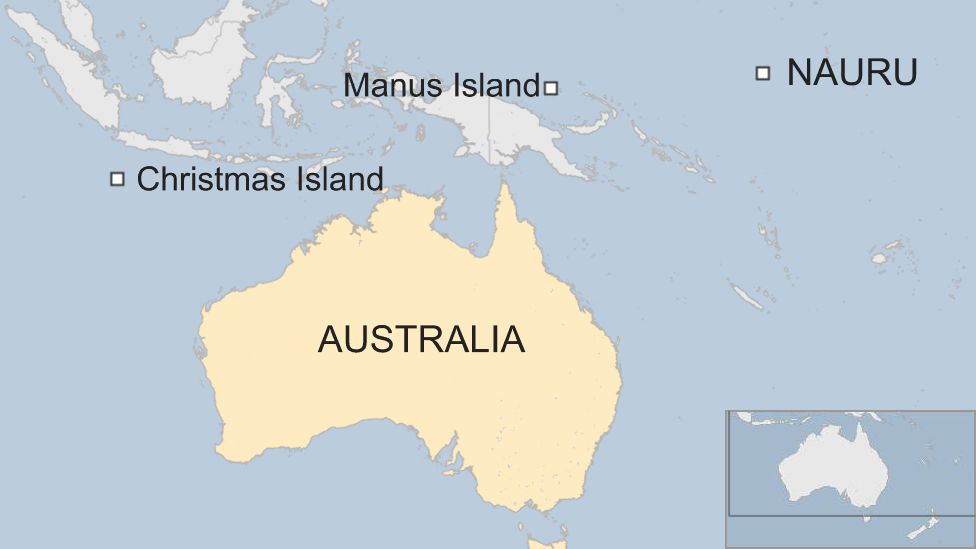
Reference